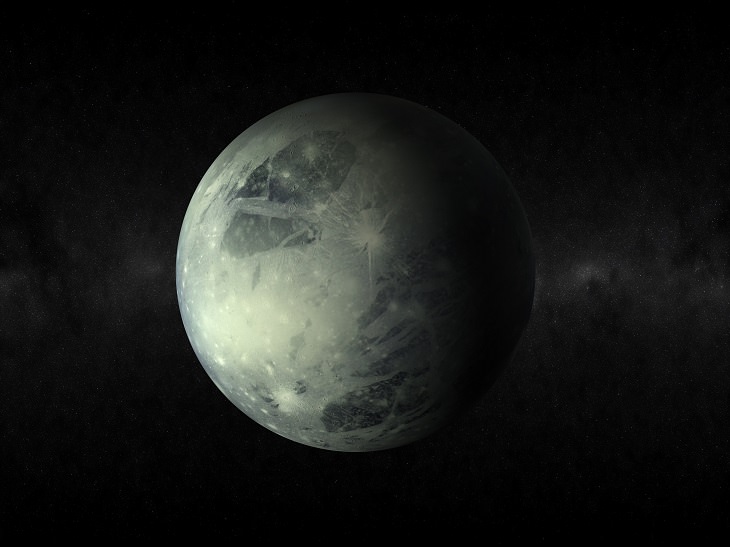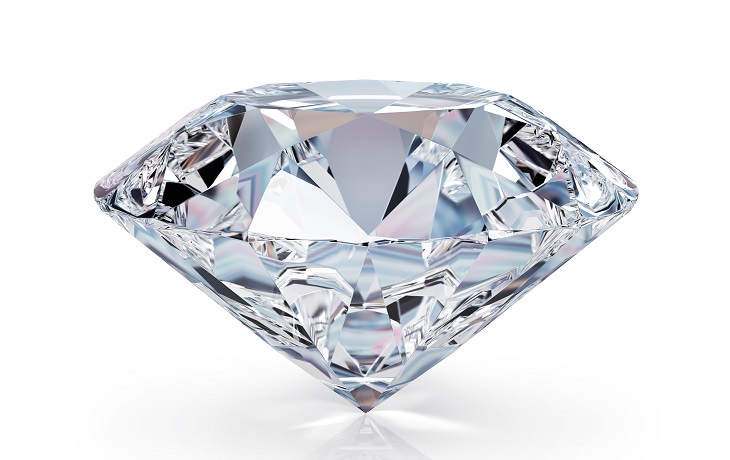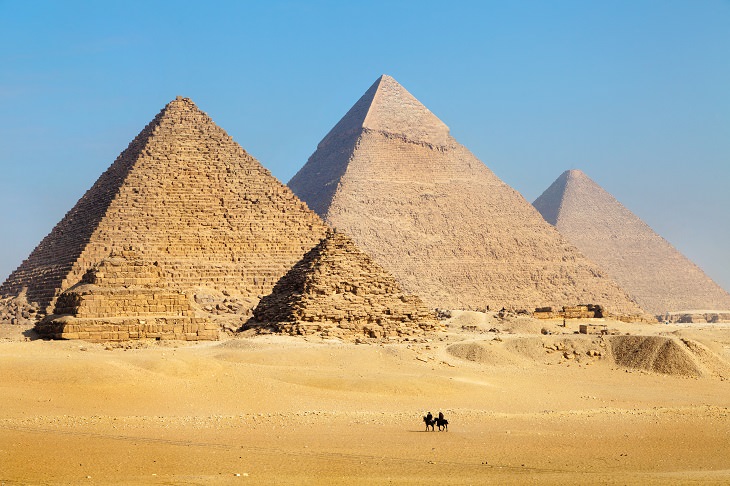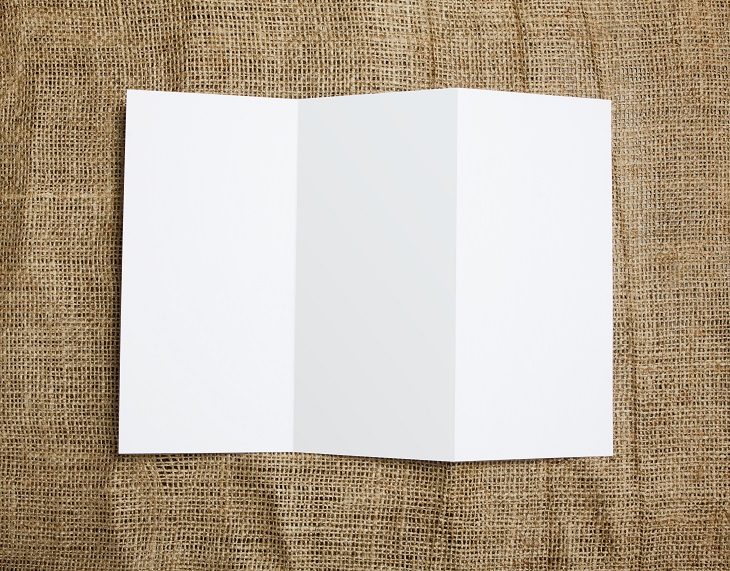
1. Then: Pluto is a planet
Now: Pluto isn’t a planet

Since the late 1800s, we’ve known that a ninth planet, after Uranus, potentially existed. In 1906, Percival Lowell, the founder of the Lowell Observatory in Flagstaff, Arizona, began a research project that he hoped would locate the mysterious “Planet X.”
Then, in 1930, a 23-year-old newbie at the facility found it. The newbie, Clyde Tombaugh, had been tasked with systematically comparing photographs of the sky taken weeks apart in order to search for any moving objects.
He eventually found one and submitted his finding to the Harvard College Observatory. After an 11-year-old English girl named the new planet (after the Roman god of the underworld), we started including Pluto as a planet in our solar system.
However, in 2003, an astronomer found a larger object beyond Pluto, which he named Eris. This new find caused numerous other astronomers to question what really makes a planet a planet, and they eventually decided, based on size and location, that Pluto just didn’t make the cut. Pluto was demoted to a dwarf planet instead.
2. Then: Diamond is the hardest substance
Now: Ultrahard nanotwinned cubic boron nitride is the hardest substance

Since 2009, we’ve known about two substances that are harder than diamond: wurtzite boron nitride and Ionsdaleite. The first of these materials resists indentation with 18% more fortitude than a diamond, while the second resists indentation with 58% more fortitude.
However, another contender for world’ hardest substance was made in 2013. To put it simply, researchers compressed boron nitride particles together to form “ultrahard nanotwinned cubic boron nitride.” They simply reorganized the particles like an onion, or those Russian dolls that fit inside one another.
3. Then: Witches in Salem were burned at the stake
Now: They were actually hanged

Even if you didn’t read Arthur Miller’s “The Crucible” at high school, you probably learned somewhere that the people of Salem burned witches at the stake.
However, according to Richard Trask, a town archivist for Danvers, this never happened. At the time of the Salem Trials, New England still followed English law, which listed witchcraft as a felony punishable by hanging, not by burning at the stake. On the other hand, the church in Europe labelled witchcraft as heresy and did tie up suspected witches and set them on fire. Therefore, you can see where the confusion came from.
4. Then: Israelite slaves built the pyramids
Now: Egyptian workers built the pyramids themselves

Many think that the bible states that Jewish slaves built the pyramids, but the book doesn’t even mention the story specifically.
This popular myth supposedly stems from comments made by former Israeli Prime Minister Menachem Begin when he visited Egypt back in 1977. However, Jews could not have built the pyramids because they did not exist at the time the pyramids were built.
In fact, recent archeological finds show that Egyptians built the pyramids themselves. Workers were recruited from poor families, but they were highly respected, earning crypts near the pyramids and proper preparation for burial. Slaves wouldn’t have been treated so kindly.
5. Then: Folding a piece of paper more than seven times is mathematically impossible.
Now: The record stands at 13.

Whether during art or science class, this rumor definitely spread like wildfire. However, Britney Gallivan, a Californian high school student, didn’t agree.
She, along with some volunteers, bought a giant roll of toil paper and blew everyone away when she managed to fold it 11 times. She realized that everyone else who had tried had been alternating folding directions, and she even developed an equation, based on the thickness and width of the paper in question, explaining why you shouldn’t do this.
In 2012, students at St. Mark’s School in Southborough, Massachusetts, broke Gallivan’s record by folding paper 13 times.
6. Then: The Great Wall of China is the only man-made structure visible from space
Now: Many man-made places are visible from space

Rumors that this landmark is visible from the moon date all the way back to 1938. However, in 2003, the first Chinese astronaut, Yang Liwei, shattered this myth by admitting that he couldn’t see the Great Wall from space.
Other photos surfaced here and there, and the consensus became that you can get glimpses of the Wall, but only under the right conditions, or with a zoom-capable camera. You can also see the lights of large cities.
However, the moon factoid is completely wrong. Apollo 12 astronaut Alan Bean told NASA that “the only thing you can see from the moon is a beautiful sphere, mostly white, some blue and patches of yellow, and every once in a while, some green vegetation. No man-made object is visible at this scale.”
7. Then: Five (or three) kingdoms of classification exist
Now: There might be as many as eight kingdoms

Depending on when you grew up, your teacher probably taught you about the three main kingdoms of life – animals, plants, and bacteria – or five, including fungi and protists, too.
Either way, it’s been expanded on since then. The more species that we discover and analyze, the more complex labeling life becomes. For example, in addition to the five kingdoms mentioned above, we now know of archaea. These are one-celled organism called eubacteria. Even larger systems exists which further divide eubacteria into two more kingdoms.
Source: sciencealert
Images: depositphotos